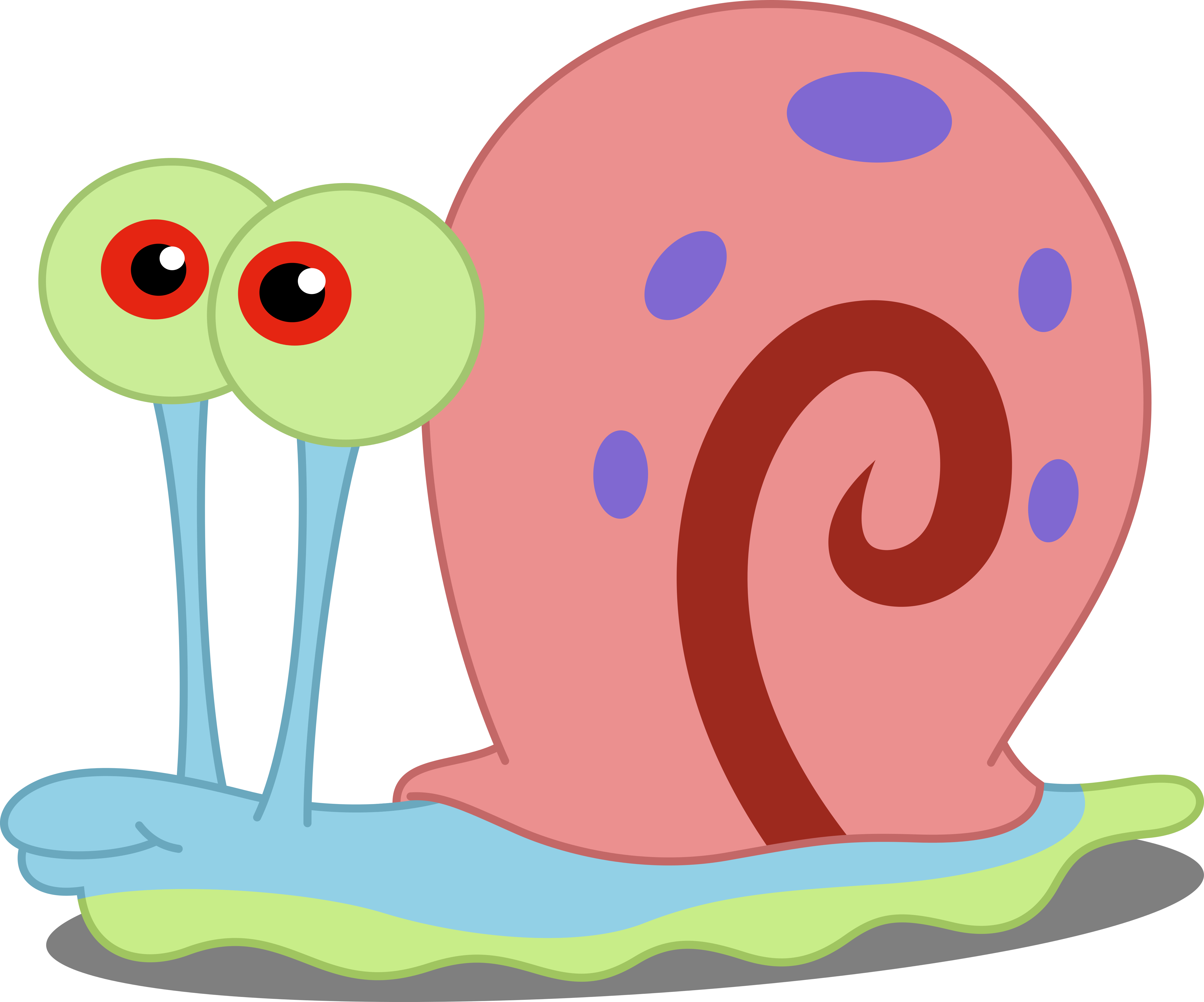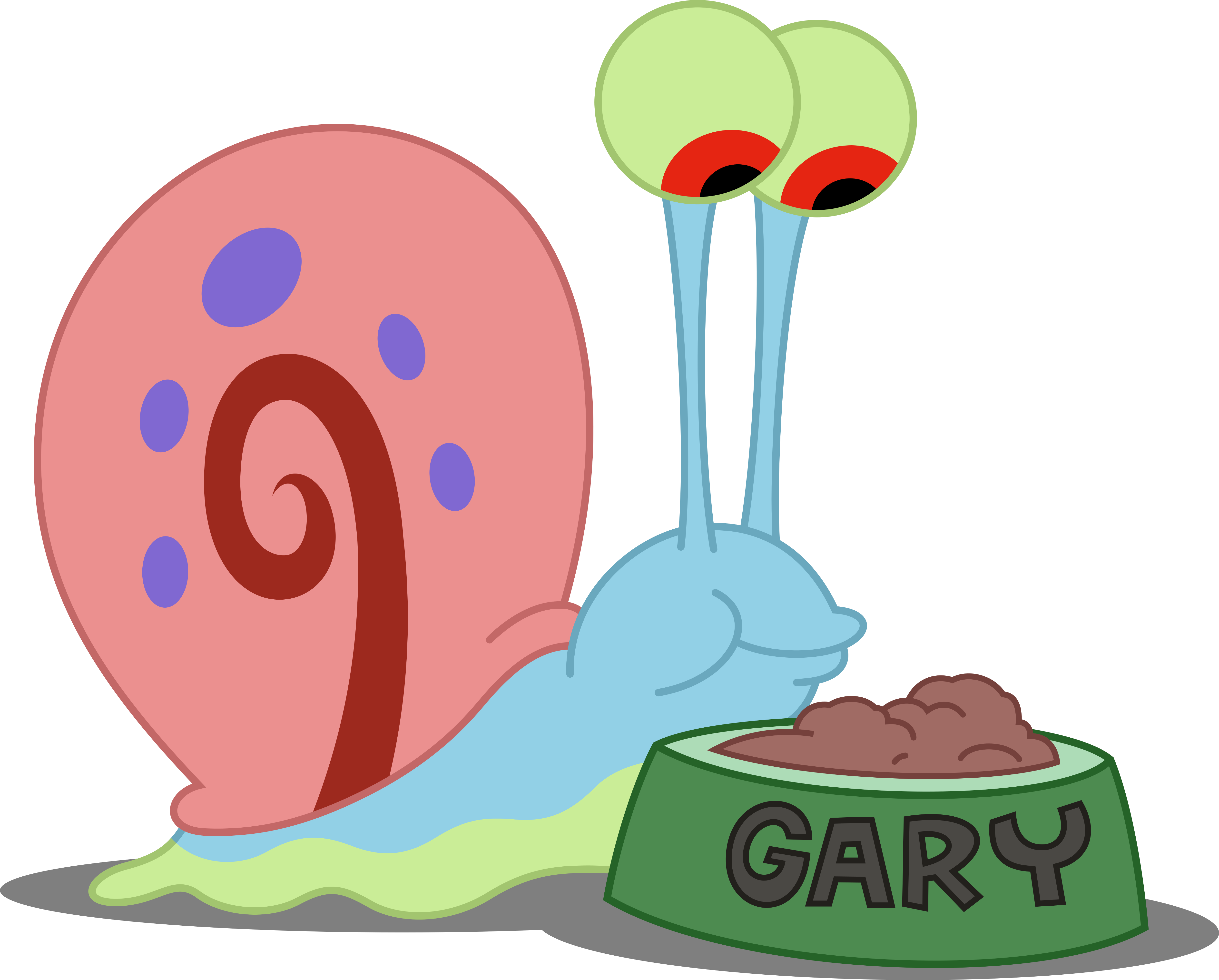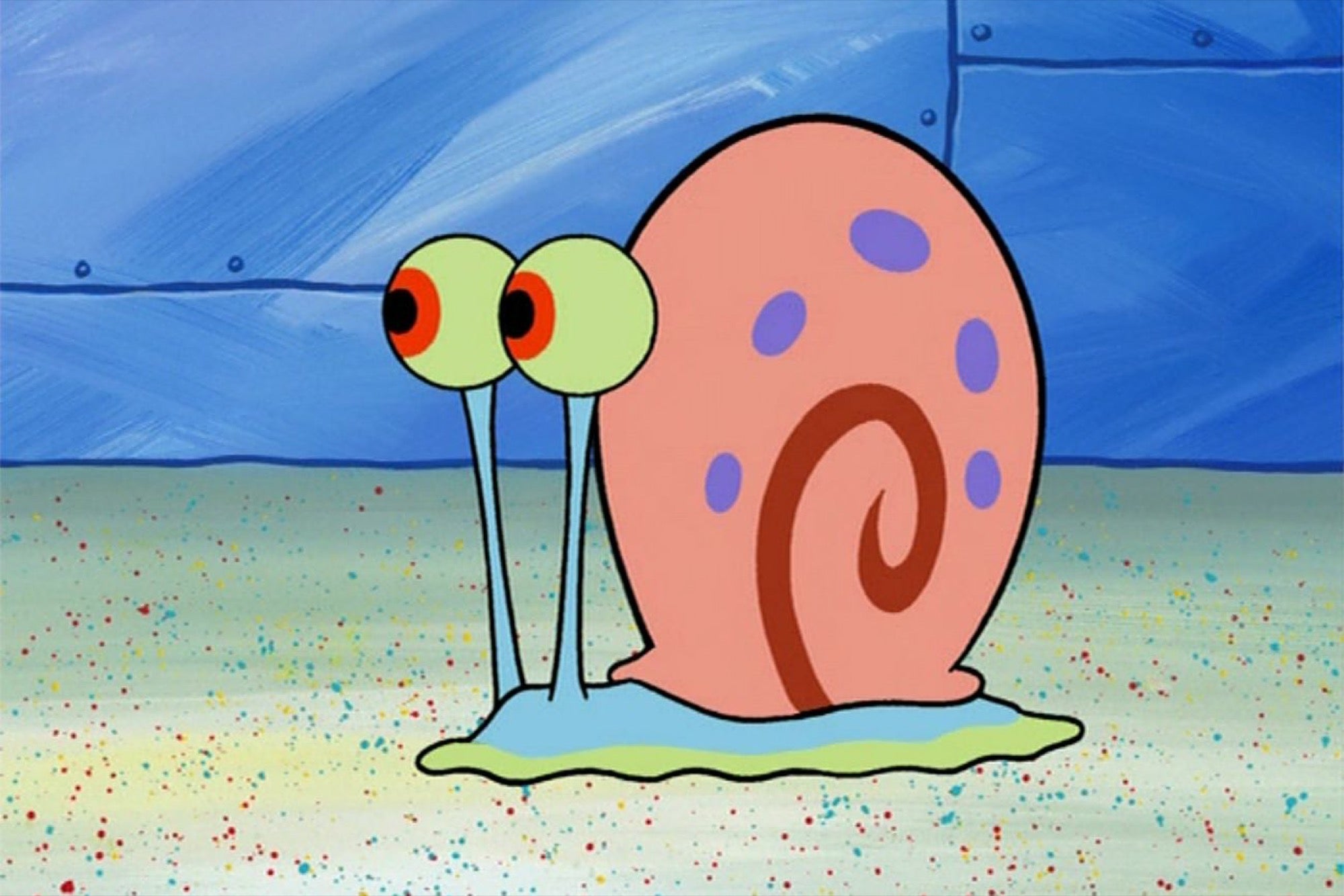Gary Oldman As Count Dracula: The Enduring Power Of An Iconic Role
When you hear the name "Gary," your mind might go to a place, perhaps a city in Indiana, known for its steel mills and a past that saw population changes. Gary, Indiana, once a thriving industrial spot, has a story of its own, with its large steel mill complex, Gary Works, a significant part of its history. This city, founded in 1906, sits near Lake Michigan, not too far from Chicago, and it really does have a unique tale of industry and change. Yet, today, we are talking about a different "Gary," one whose work leaves a very different kind of mark, a truly lasting impression on screen, you know?
We are, of course, talking about Gary Oldman, the actor. His portrayal of Count Dracula remains a standout. It is a performance that many people still talk about, even decades later. This role, in Francis Ford Coppola's 1992 film, truly redefined the vampire figure for a new generation. So, what made his take on the ancient creature so memorable, anyway?
This article will explore the depth of Gary Oldman's work as Count Dracula. We will look at his background, how he prepared for the part, and the lasting influence of his performance. You will get a sense of why this particular portrayal continues to capture the imagination of audiences around the globe, basically.
Table of Contents
- Gary Oldman: A Brief Look
- The Man Behind the Monster: Gary Oldman's Biography
- Personal Details & Bio Data: Gary Oldman
- Crafting the Vampire Lord: Oldman's Approach to Dracula
- Visuals and Voice: Bringing Dracula to Life
- The Impact of a Performance: Why Oldman's Dracula Still Matters
- Dracula's Legacy: Influence on Vampire Stories
- Frequently Asked Questions About Gary Oldman's Dracula
- What did Gary Oldman do to prepare for Dracula?
- Was Gary Oldman good as Dracula?
- How old was Gary Oldman when he played Dracula?
Gary Oldman: A Brief Look
Gary Oldman is an actor known for his ability to become different people on screen. He has played many kinds of roles, from heroes to villains, with a kind of intense focus. His career shows a willingness to push boundaries, often transforming himself completely for a part, you know?
Before he took on the role of Dracula, Oldman had already made a name for himself. He was recognized for his intense acting style. People knew him for roles that required a lot of emotional depth and physical change, so he was a good choice for such a demanding character, apparently.
His work has earned him many awards and much praise over the years. This shows his skill and dedication to his craft. He really does bring something special to every role he plays, which is pretty clear.
The Man Behind the Monster: Gary Oldman's Biography
Gary Oldman was born in London, England, on March 21, 1958. He grew up in a working-class area. His early life experiences, in some respects, shaped his perspective and later influenced his acting choices, you know?
He studied acting at the Rose Bruford College of Speech and Drama. This formal training gave him a strong foundation. He learned how to use his voice and body to create convincing characters, which is a big part of what he does, naturally.
Before his film career took off, Oldman spent a lot of time in theater. He performed in many stage productions, gaining valuable experience. This stage work helped him develop the presence and control he later showed in his film roles, pretty much.
His early film roles often saw him playing troubled or intense characters. These parts showcased his raw talent and his ability to convey deep emotion. He became known for his powerful performances, which really did stand out, you know, at the end of the day.
He worked with various directors, taking on roles that challenged him. This period of his career was important for building his reputation. It showed he was an actor who could deliver memorable performances, often transforming himself for the part, basically.
Personal Details & Bio Data: Gary Oldman
| Detail | Information |
|---|---|
| Full Name | Gary Leonard Oldman |
| Date of Birth | March 21, 1958 |
| Place of Birth | New Cross, London, England |
| Nationality | British |
| Occupation | Actor, Filmmaker, Musician |
| Years Active | 1979–present |
| Notable Role | Count Dracula in Bram Stoker's Dracula (1992) |
Crafting the Vampire Lord: Oldman's Approach to Dracula
When Gary Oldman took on the role of Count Dracula, he did not just play a monster. He tried to understand the character's long life and pain. He saw Dracula as a tragic figure, someone who had lost everything, which is a different way to look at it, you know?
He spent time studying the history of the character and the period. This helped him grasp the count's motivations and feelings. He wanted to show a creature with a heart that once loved deeply, which is a powerful idea, honestly.
Oldman's preparation involved looking at Dracula's different forms throughout the story. He played the old, withered count and the younger, more charming prince. This showed the character's journey through centuries, which was quite a feat, you know?
He focused on the character's voice and mannerisms. The way Dracula spoke, with his old-world accent, was key to the performance. Oldman worked to make the voice sound ancient and full of sorrow, which really added to the role, basically.
The physical transformation was also a big part of his work. He endured hours in makeup for the older Dracula. This physical change helped him get into the mind of the character, making the performance feel very real, you know?
He brought a sense of vulnerability to the role, too. This was a new take on Dracula for many viewers. It made the vampire seem more human, despite his monstrous acts, which was a pretty bold choice, actually.
Oldman believed Dracula's actions came from a place of grief and a desire for reunion. This perspective guided his performance. It gave the character a depth that went beyond simple evil, which, in a way, made him even more unsettling, you know?
His work showed a character who was both terrifying and, in a strange way, sympathetic. This dual nature was central to his portrayal. It left a lasting impression on how people saw the vampire, that is for sure.
Visuals and Voice: Bringing Dracula to Life
The visual look of Gary Oldman's Dracula was very important to the film. The costumes and makeup changed with the character's age and state. This helped tell the story of his long, sorrowful existence, you know, in a way.
For the ancient Dracula, the makeup was truly transformative. Oldman spent many hours in the chair to achieve the withered, aged appearance. This physical alteration helped convey the weight of centuries on the character, which was pretty effective, you know?
The costumes were also a big part of the visual storytelling. From the ornate, historical outfits of the young prince to the flowing, dark robes of the count, each costume added to the character's presence. They helped define his different phases, basically.
Oldman's voice work was just as crucial. He used a distinct accent and tone for Dracula. The voice had a deep, resonant quality, often sounding weary and ancient. This vocal choice really made the character feel old and world-worn, you know, quite literally.
He used his voice to convey emotion, from rage to despair. The way he delivered his lines added layers to the character. It made Dracula seem like a creature of great passion, even after all that time, you know?
The combination of these visual and vocal choices created a very complete character. Oldman did not just act the part; he embodied it. This level of commitment made his Dracula truly stand out, which is something you do not see every day, really.
The film's overall aesthetic, directed by Francis Ford Coppola, supported Oldman's performance. The rich colors, the shadows, and the period details all worked together. They helped build the world that Dracula lived in, which, in some respects, made his performance even stronger, you know?
The Impact of a Performance: Why Oldman's Dracula Still Matters
Gary Oldman's portrayal of Count Dracula had a big impact on audiences and critics. It showed a side of the vampire that many had not seen before. This take moved beyond just a simple monster, which was a fresh approach, you know?
Critics often praised his commitment to the role. They noted how he fully became the character, from his physical changes to his voice. His performance was seen as a masterclass in acting, which is a high compliment, honestly.
Audiences were drawn to the tragic elements he brought to Dracula. The idea of a creature driven by lost love resonated with many. This made the character more complex and, in a way, more relatable, you know?
His Dracula became a benchmark for future vampire portrayals. Actors who came after him often had to consider Oldman's work. It set a new standard for depth and transformation in such roles, which is a pretty big deal, actually.
The film itself, Bram Stoker's Dracula, gained a lasting place in horror cinema. A lot of this credit goes to Oldman's central performance. He really was the heart of the movie, so to speak.
Even today, people discuss his work in the film. It often comes up in conversations about great acting performances in horror. This shows the enduring power of what he created on screen, that is for sure.
His ability to shift between the terrifying and the sorrowful made the character truly unforgettable. He showed Dracula as a being of immense power but also immense suffering. This duality is what keeps people talking about it, you know, at the end of the day.
The film, and Oldman's role within it, continues to influence pop culture. It is a work that stands the test of time. It really does show how a strong performance can shape a classic story for years to come, you know?
Learn more about acting methods on our site, and link to this page for more on cinematic history.
Dracula's Legacy: Influence on Vampire Stories
Gary Oldman's Count Dracula changed how many people viewed vampires in film. Before his portrayal, vampires were often just evil creatures. Oldman showed a different side, one with a past and deep feelings, which was a new direction, you know?
His performance emphasized the romantic and tragic aspects of the vampire myth. This helped pave the way for more complex vampire characters in later movies and TV shows. It made them more than just bloodthirsty monsters, basically.
The idea of a vampire who is tormented by his long life and lost love became more common after this film. This added a layer of human emotion to creatures of the night. It really did broaden the scope of what a vampire could be, you know?
Directors and writers started to explore the internal struggles of their vampire characters more deeply. They looked at themes of loneliness, immortality, and the burden of eternal life. This was a direct result of the groundwork laid by performances like Oldman's, arguably.
The visual style of the film also had an influence. The rich, gothic look of Coppola's movie, paired with Oldman's presence, inspired many other horror productions. It showed how atmosphere and character could work together, which was pretty impactful, you know?
Oldman's Dracula remains a high point in vampire cinema. It is a performance that continues to be studied and admired. It truly does represent a shift in how these classic figures are brought to life on screen, you know, honestly.
This enduring influence means that whenever a new vampire story comes out, Oldman's Dracula is often a point of comparison. His work set a very high bar for anyone wanting to play the iconic count, which is a testament to his skill, really.
Frequently Asked Questions About Gary Oldman's Dracula
What did Gary Oldman do to prepare for Dracula?
Gary Oldman prepared for his role as Count Dracula in several ways. He studied the character's long history, looking at Bram Stoker's book and earlier film versions. He focused on understanding Dracula's deep sorrow and his reasons for being the way he was, you know?
He also worked on his voice, developing an accent and tone that sounded ancient and full of pain. He spent many hours in makeup for the older version of the character. This helped him physically transform into the part. He really did immerse himself in the role, basically.
Oldman also chose to see Dracula as a tragic figure, driven by lost love. This perspective guided his performance. He aimed to show a creature who was both terrifying and, in a strange way, quite sad, which was a different take, you know?
Was Gary Oldman good as Dracula?
Many people consider Gary Oldman's performance as Count Dracula to be truly excellent. Critics and audiences widely praised his work in the film. He brought a unique depth and intensity to the character, which really stood out, you know?
His ability to show both the monstrous and the heartbroken sides of Dracula was a key part of his success. He made the character feel real and complex, not just a simple villain. This made his portrayal very memorable, honestly.
His performance is often called one of the best portrayals of Dracula in film history. It continues to be admired for its power and originality. He truly did make the role his own, which is a big achievement, you know?
How old was Gary Oldman when he played Dracula?
Gary Oldman was 34 years old when Francis Ford Coppola's Bram Stoker's Dracula was released in 1992. He was born in 1958, so he would have been around that age during filming. This was a significant role for him at that point in his career, you know?
His age at the time allowed him to convincingly play both the younger, more charming prince and the ancient, withered count. His transformation through makeup and acting was quite remarkable for someone of his age. He really did look the part, basically.
For more details on the film's production and critical reception, you might check out Rotten Tomatoes.

Vector #674 - Gary #2 by DashieSparkle on DeviantArt

Vector #672 - Gary by DashieSparkle on DeviantArt

Elon Musk Introduces His Pet Snail 'Gary' at an L.A. Event to Tout His